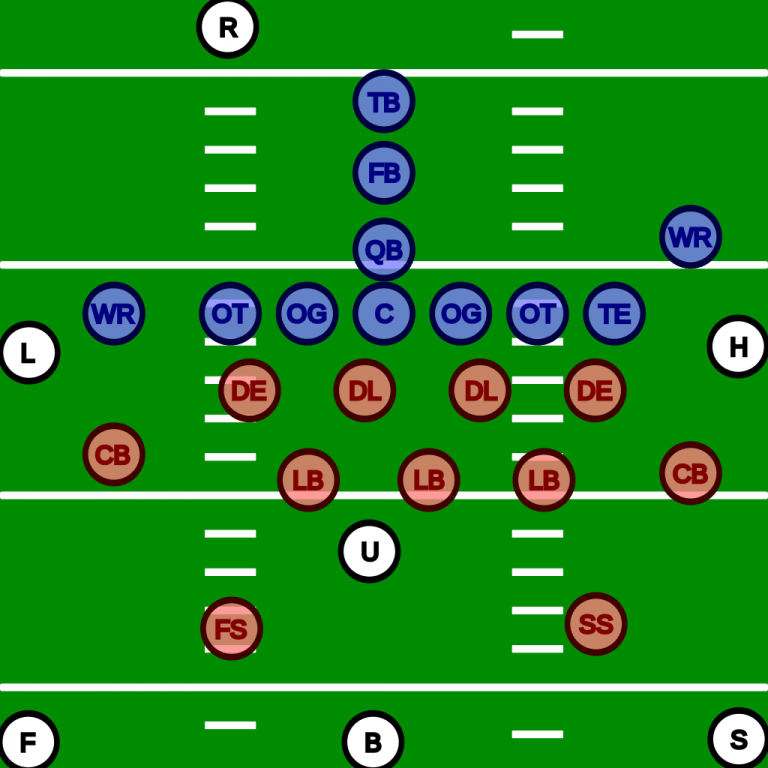Football positions are fundamental to understanding how the game is played and appreciated. From the stalwart goalkeeper to the agile forward, each role on the field contributes uniquely to the team’s success. Grasping these football roles not only enhances your viewing experience but also deepens your appreciation for the game’s intricate tactics. In this guide, we’ll delve into various soccer positions, outlining their responsibilities and skills, providing you with insights that elevate your understanding of football. Whether you’re a seasoned spectator or a new fan, recognizing these key positions will allow you to witness the artistry of the sport in a whole new light.
As we navigate through the fascinating world of football, it’s essential to recognize the various player roles involved in creating an effective team dynamic. These roles, commonly referred to as soccer positions, include key players who orchestrate the game from defense to offense. Exploring football tactics becomes more intuitive when you understand how each position influences gameplay. This guide aims to clarify these distinct roles, showcasing the strategy behind each player’s movements and decisions on the pitch. With a clear grasp of football positions, you’re sure to gain deeper insights into team strategies and the beautiful game itself.
The Importance of Football Positions in Strategy
In football, understanding the nuances of player positions is essential for grasping the tactical elements of the game. Each football position serves a unique purpose, contributing to both the defensive setup and attacking strategies of a team. For example, defenders are tasked with thwarting opposing attacks, while midfielders must facilitate the flow of the game, bridging defense and attacks. This intricate relationship among positions is what makes football such a dynamic and engaging sport. Fans who comprehend these positions can appreciate the strategic decisions made by coaches and players during matches.
Moreover, the evolution of football tactics has led to shifts in how traditional roles are perceived. For instance, the rise of the versatile ‘wing-back’ has changed the definition of both defenders and midfielders. This shift showcases how players are not restricted to one role but are more frequently required to adapt in real-time to various game scenarios. Understanding these developments in football positions allows fans to better analyze matches and discussions surrounding player performance.
Exploring Different Football Roles
Football roles encompass a range of responsibilities that reflect each player’s skill set and the team’s tactical approach. For instance, goalkeepers have a distinct role that revolves around shot-stopping and organizing the defense, whereas forwards focus primarily on converting opportunities into goals. This differentiation in roles helps to clarify each player’s contributions on the pitch. Fans who understand these distinctions can better evaluate performances during games, noticing when a striker’s positioning opens up chances or how a midfielder’s passing range impacts the game flow.
Additionally, the specific characteristics that define each position—such as the energy and stamina required by midfielders or the tactical awareness needed by defenders—highlight the complexity of the sport. In-depth knowledge of these football roles can enhance discussions among fans, as they can share insights about a player’s strengths and weaknesses based on their roles. This understanding fosters a deeper appreciation for the game as well, as viewers recognize the importance of teamwork and collective effort in achieving victory.
Frequently Asked Questions
What are the main football positions and their roles in the game?
Football positions are divided into several key roles: Goalkeepers guard the goal to prevent scoring; Defenders protect the goalkeeper and thwart opposing attacks, with Center Backs and Full Backs taking distinct responsibilities; Midfielders bridge defense and attack, influencing the game’s tempo through various types such as Central, Defensive, and Attacking Midfielders; and Forwards focus on scoring goals, including Wingers who provide width and Strikers who finish chances. Understanding these football positions enhances your appreciation of the game.
How do football roles affect tactics during a match?
Football roles are crucial in shaping team tactics and strategy during a match. Each position has specific responsibilities that influence how a team attacks or defends. For example, Defenders ensure defensive solidity, while Midfielders control possession and distribute the ball effectively. Forwards aim to create and finish scoring opportunities. Recent tactical evolutions mean players often perform hybrid roles, such as Wing-Backs who defend while contributing to attack. Understanding these football positions and their tactical implications can significantly enrich your viewing experience.
| Position | Role | Typical Number | Skills Needed |
|---|---|---|---|
| Goalkeeper | Last line of defense, prevents scoring | 1 | Reflexes, agility, communication, positioning, game reading |
| Defenders | Stop attacks, protect goalkeeper | Varies, usually 3-4 | Strength, tackling, positioning, aerial ability |
| Midfielders | Bridge between defense and attack, control tempo | Varies, usually 3-5 | Vision, passing, stamina, tactical awareness |
| Forwards | Score goals, create scoring opportunities | Varies, usually 1-3 | Finishing, positioning, speed, creativity |
Summary
Football positions are integral to understanding the dynamics of the game. Each position—from goalkeeper to forward—serves a unique purpose and impacts the team’s strategy and performance. A goalkeeper protects the goal, defenders shield the keeper, midfielders connect play, and forwards aim to score. By grasping these roles, fans can gain deeper insights into football tactics and enjoy the sport on a whole new level. Understanding football positions can elevate your appreciation for both the individual talents and collective efforts that unfold during matches.
